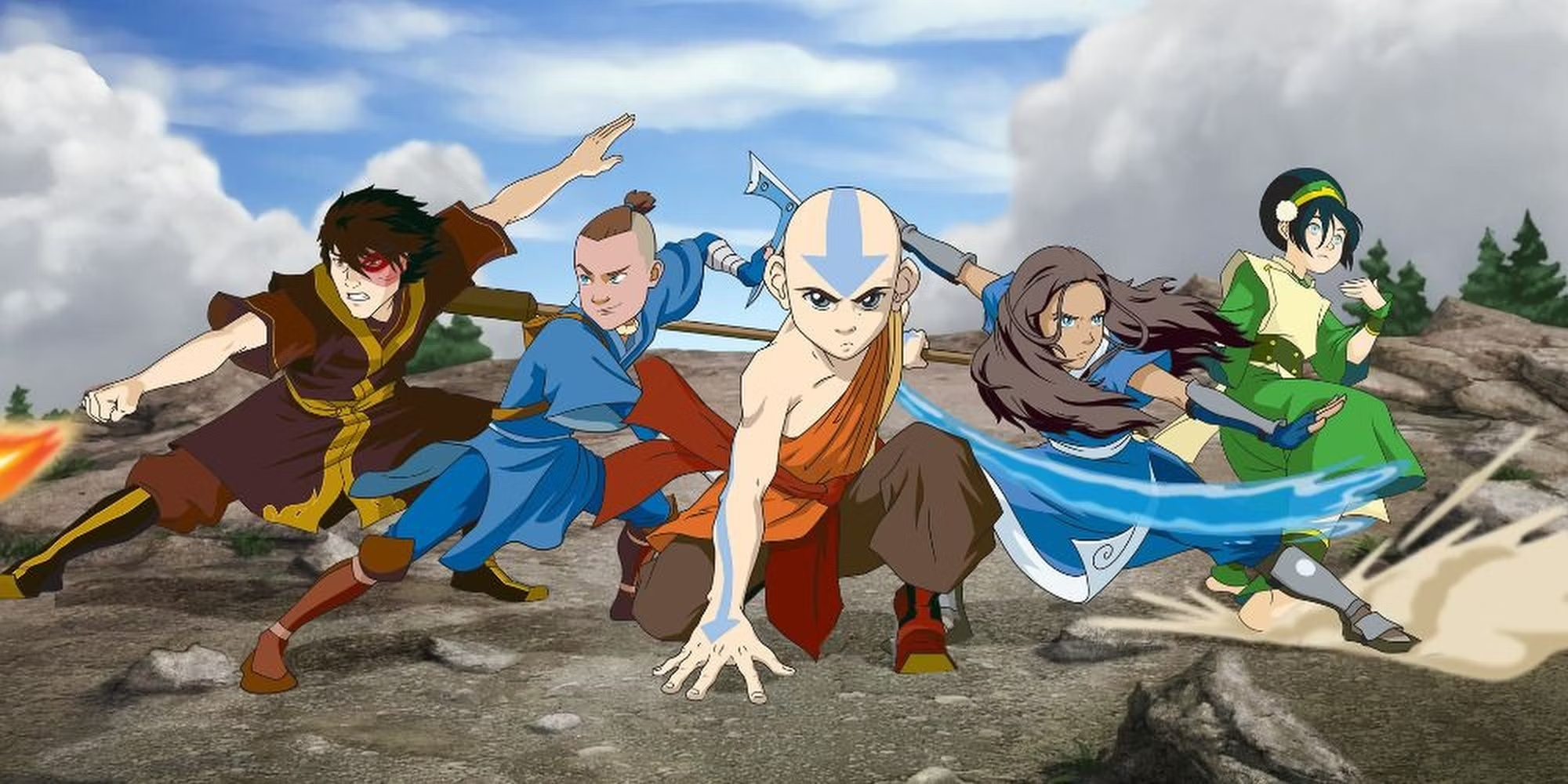
The Real-World Inspiration Behind Avatar: Exploring Cultural Influences
By Adedayo Ebenezer Oyetoke Published on: March 7th 2024 | 4 mins, 626 words Views: 409
James Cameron's Avatar may have taken the world by storm with its groundbreaking visuals and immersive world of Pandora, but the true magic of Avatar: The Last Airbender lies in its deep connection to our own world. Creators Michael Dante DiMartino and Bryan Konietzko masterfully crafted a fictional universe brimming with rich cultures, philosophies, and martial arts, all inspired by real-world influences. Let's delve into the fascinating tapestry of inspirations woven into the fabric of Avatar: The Last Airbender.
1. Nomadic Influences: The Water Tribes and the Inuit
The Water Tribes, with their close connection to the ocean, their reliance on hunting and fishing, and their distinctly patterned parkas, draw heavily from Inuit cultures. The Inuit people, who have inhabited the Arctic regions of North America and Greenland for millennia, have a deep respect for the natural world, particularly the sea. Their traditional clothing, crafted from animal skins and featuring intricate fur trim, closely resembles the parkas worn by Water Tribe members like Katara and Sokka. The reliance on boats for transportation and the strong spiritual connection to the ocean further solidify this connection.
2. Eastern Martial Arts: A Blend of Disciplines
The bending styles in Avatar are a captivating blend of various martial arts. Earthbending, with its powerful stances and grounded movements, draws heavily from various Chinese martial arts like Hung Gar and Southern Praying Mantis. The emphasis on rooting and powerful strikes reflects the principles of these styles. Firebending, with its swift and dynamic movements, incorporates elements of Northern Shaolin Kung Fu, known for its fast kicks and powerful punches. Waterbending's flowing movements and emphasis on redirection are reminiscent of Tai Chi Chuan, a soft style that focuses on using an opponent's force against them. Airbending, with its emphasis on agility and dodging, takes inspiration from various gymnastics and acrobatics disciplines, reflecting the nimble and evasive nature of air.
3. Himalayan Spirituality: Finding Balance
The spiritual core of Avatar: The Last Airbender is heavily influenced by Himalayan religions like Hinduism, Buddhism, and Taoism. The concept of the Avatar, a single soul reincarnated across generations to maintain balance in the world, echoes the Hindu idea of the Avatar, a divine being who descends to Earth to restore Dharma (righteous law). The focus on achieving balance between the elements aligns with Taoist principles of yin and yang, representing opposing yet interconnected forces. The show's emphasis on chakras, energy points in the body, further reflects Buddhist concepts of achieving enlightenment through balancing these points.
4. Influences Beyond Borders
Avatar's cultural influences extend beyond these core examples. The architectural style of the Earth Kingdom draws inspiration from Chinese imperial architecture, with its grand pagodas and imposing walls. The Fire Nation's regalia and societal structure hold similarities to feudal Japan, with a focus on honor and hierarchy. Even the nomadic lifestyle of the Air Nomads can be seen as reminiscent of Tibetan Buddhist monks who live in remote monasteries high in the Himalayas.
A World that Feels Real
By drawing inspiration from real-world cultures and philosophies, DiMartino and Konietzko created a world that feels rich, believable, and layered. The characters' clothing, fighting styles, and spiritual beliefs are not merely aesthetic choices; they are deeply rooted in real-world traditions, lending a sense of authenticity to the fantastical world of Avatar.
This cultural tapestry is more than just background dressing; it informs the narrative, character development, and themes of the show. By understanding the real-world influences behind Avatar, we gain a deeper appreciation for its depth and complexity.
So, the next time you watch Aang manipulate water or witness the stoicism of the Earth King, remember the rich cultural tapestry woven into the very fabric of Avatar: The Last Airbender.
Should you wish to delve deeper, a wealth of other enthralling blogs on cinema and entertainment awaits your discovery.